Industry
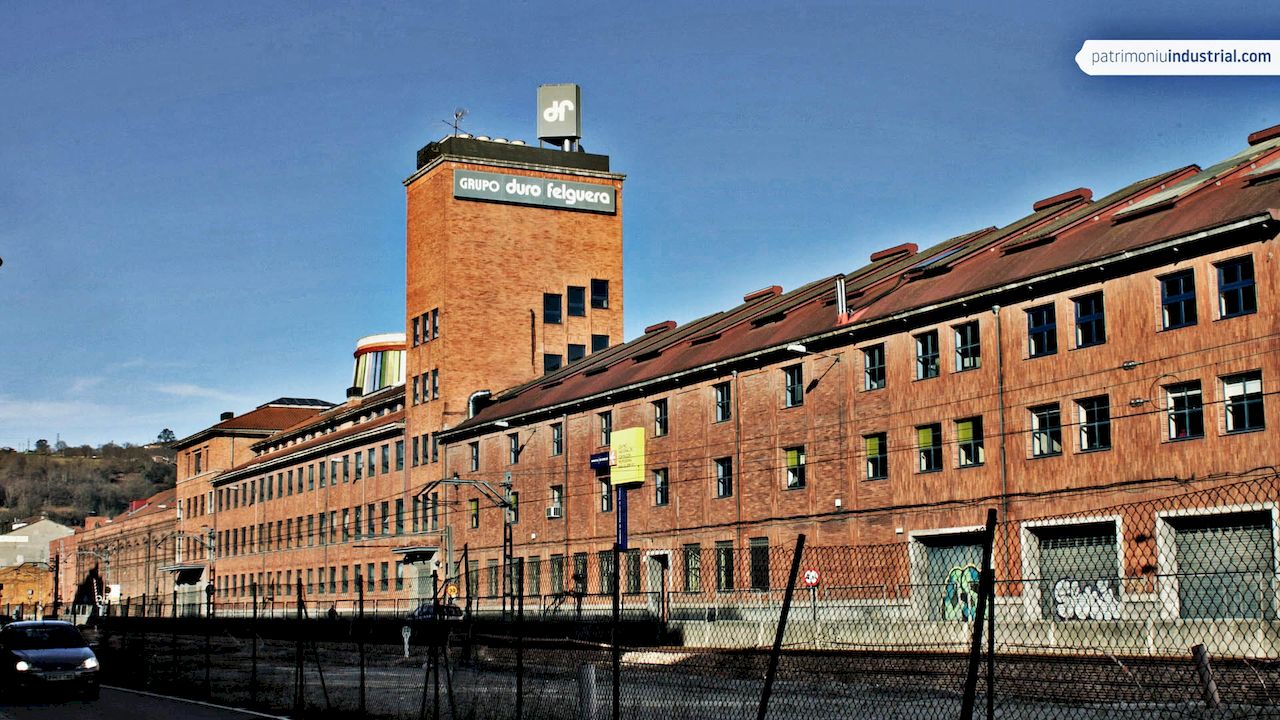
350807324
Duro Felguera Factory
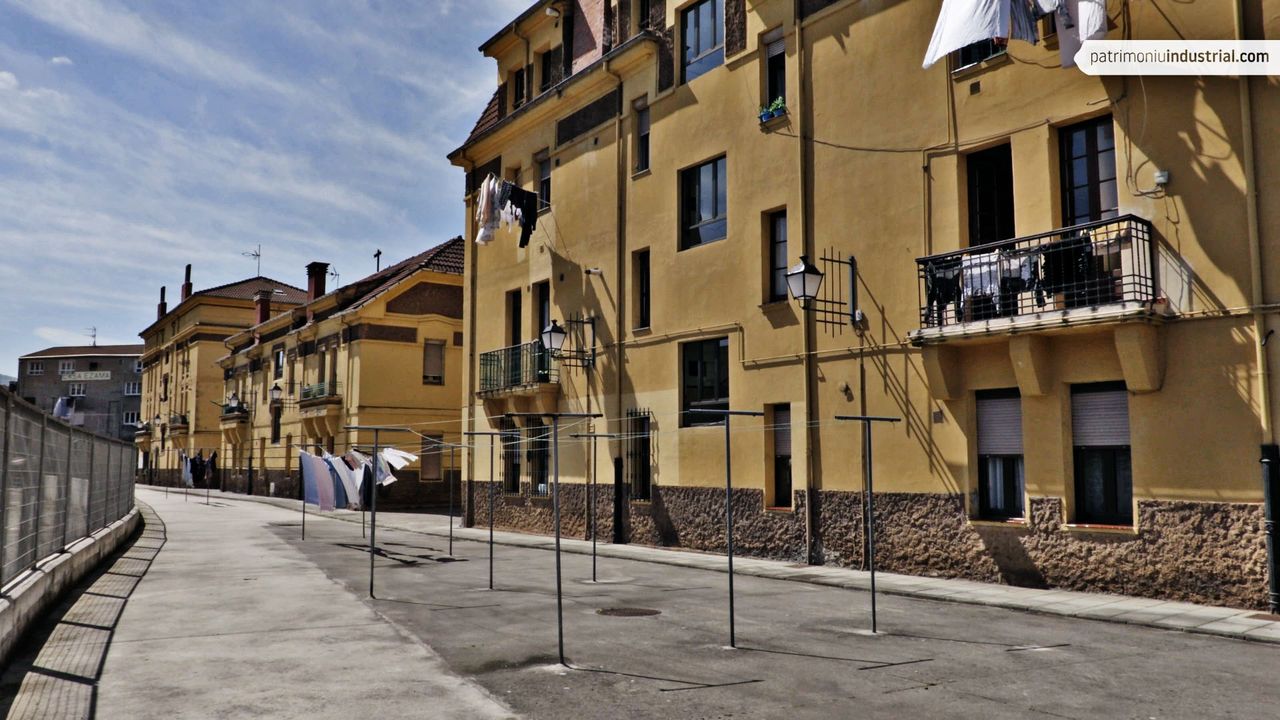
345199847
Urquijo Neighborhood
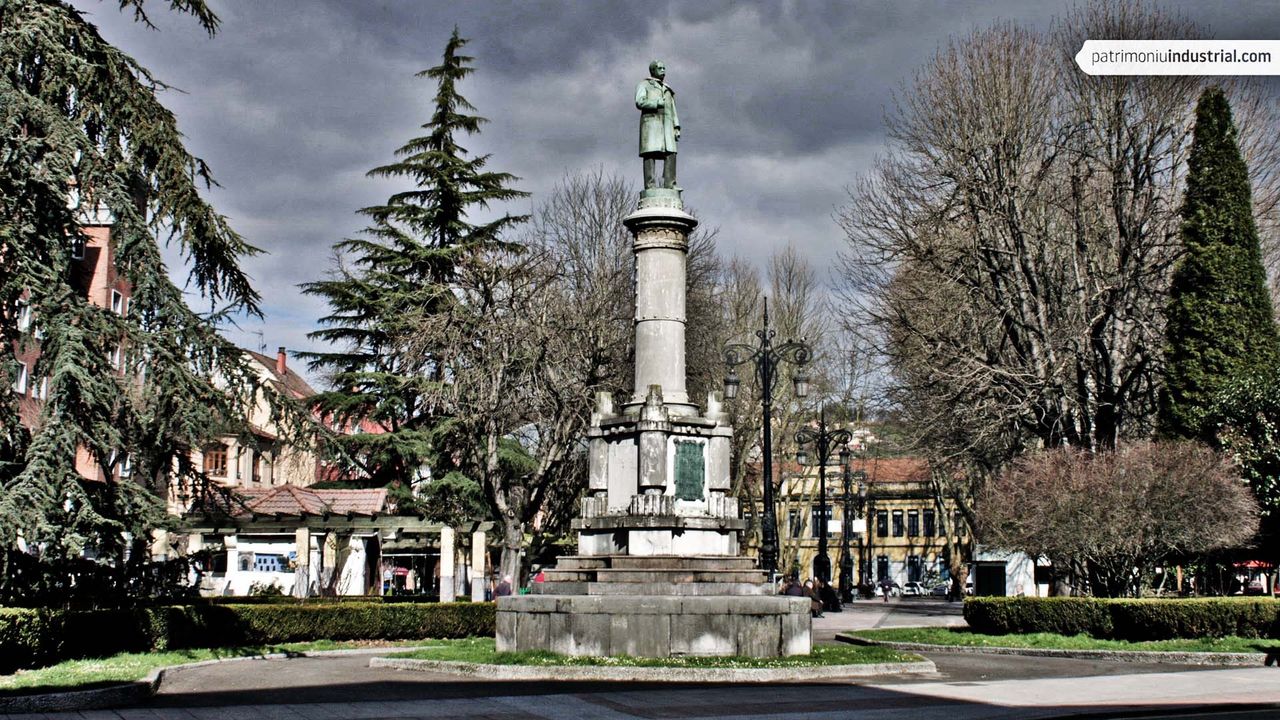
342977775
Dolores Fdez Duro Park
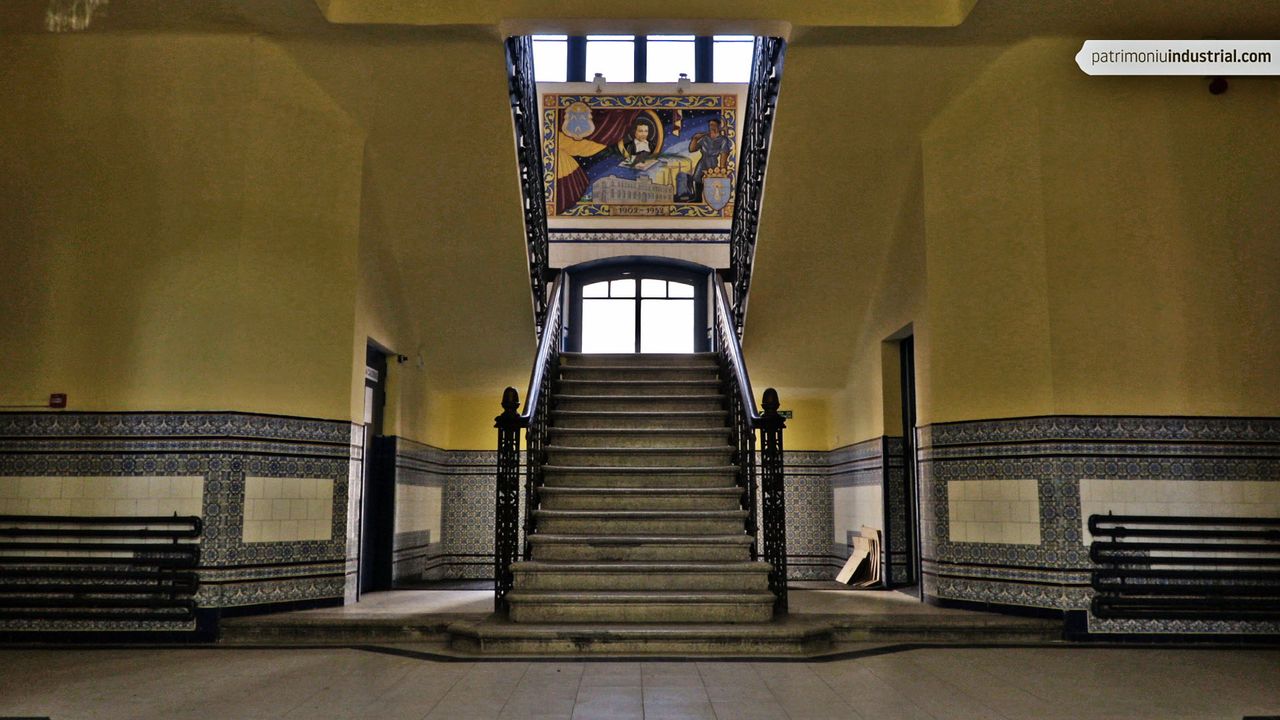
342978819
School of Arts and Crafts
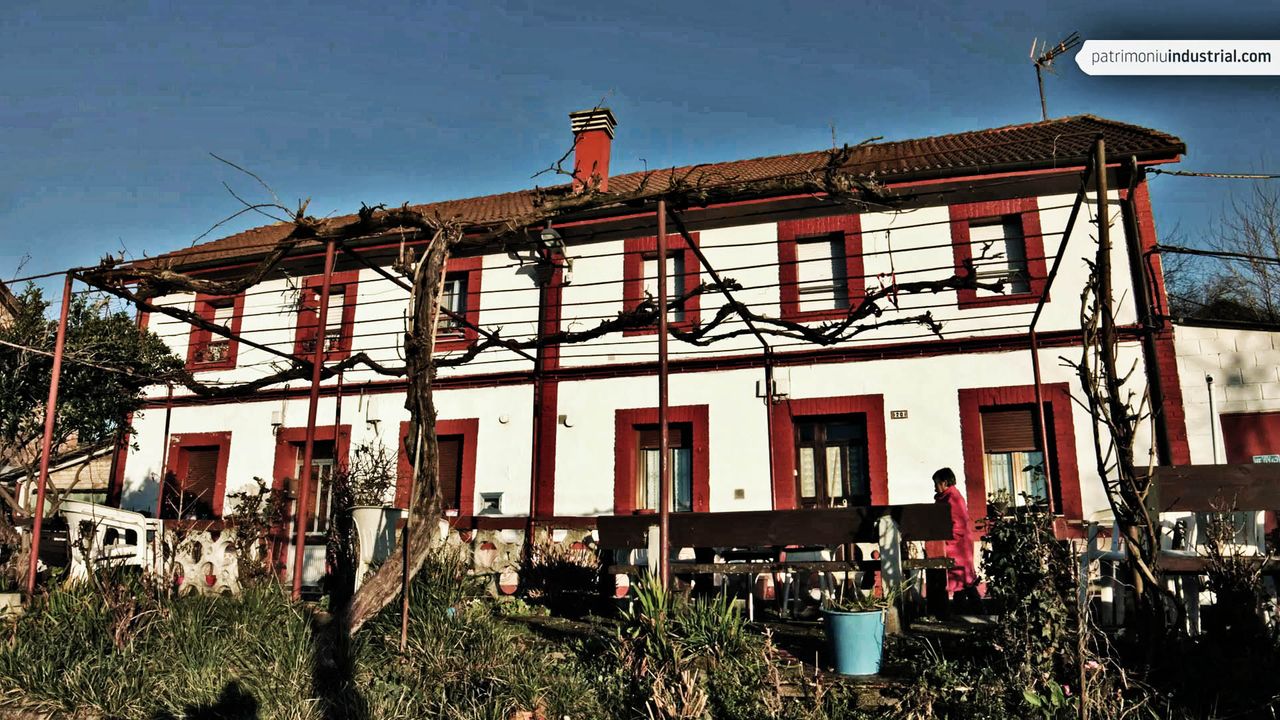
354202894
La Formiguera Barracks
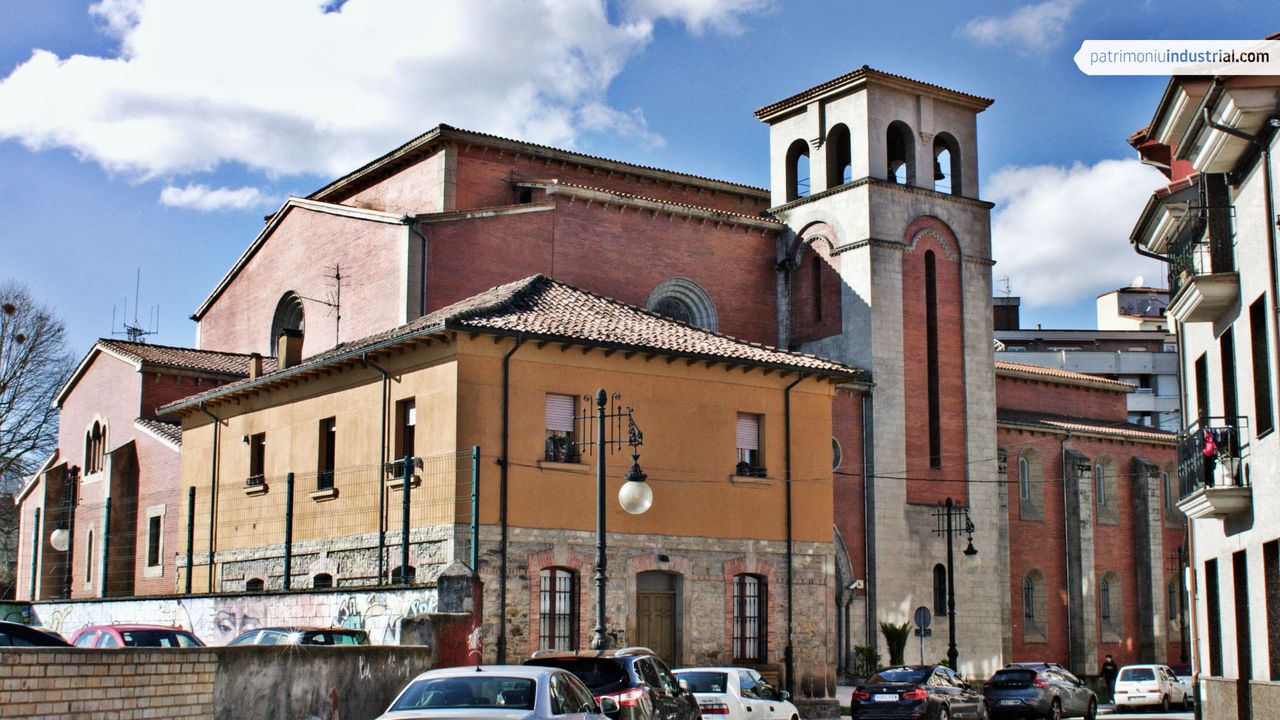
354217213
Duro Felguera Clinic
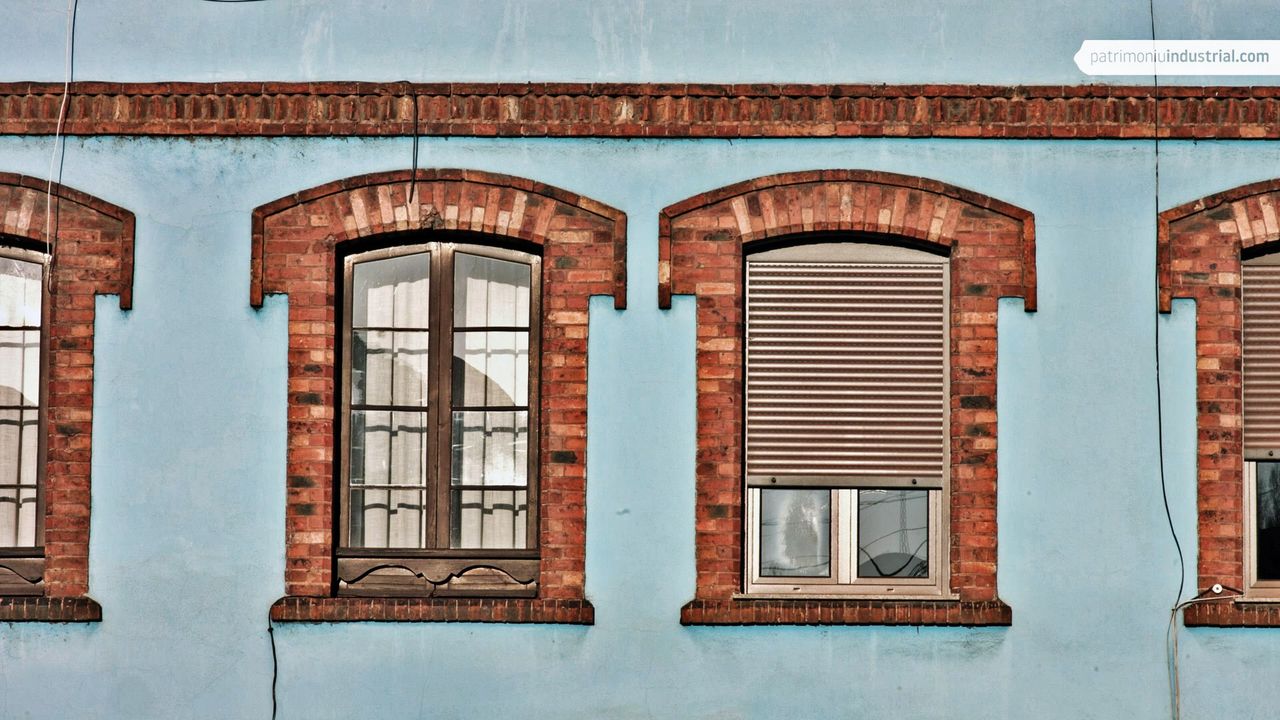
345516614
Conde Sizzo Street
From the beginning of the 20th century, regulations stipulated that factories had to support a school paid by the employers, depending on their importance. Sociedad Metalúrgica Duro Felguera (SMDF) had been doing so long before, at least since 1869, as the Valbanera School was located in the steelworks premises.
At the end of the 19th century, these schools were moved to a more urban area, within the centre of La Felguera, which, like Sama, was beginning to grow next to a booming industry. Its new location would increase in centrality and dignity with the birth of a new urban piece, the Dolores Fernández Duro Park, created by the enlargement of a more limited garden area located in front of the church. The park was then marked out by the church with the statue of Pedro Duro in front of it, the theatre and the new schools.
The school facilities were organised in two parallel buildings, one for boys, which was larger, and the other one for girls, being both one-storey buildings. The boys' school had shared space with the School of Arts and Crafts since 1917, which led to its extension in 1924. The works, according to a project by the municipal architect Ramón de Valle Lecue, consisted on adding an extra storey to the building. As for the internal layout of the building, the circular entrance hall has a staircase with a landing in the middle from which the classrooms and workshops were accessed. From this point, the rest of the rooms, which were originally used as classrooms and workshops, could be accessed.
In 1902, the schools were handed over to the Brothers of the Christian Doctrine, known as La Salle friars. This was a good example of the commitment to denominational education that distinguished the Duro, and which would bring many conflicts with the workers in the Nalón river valley from 1906 onwards. The arrival of the Republic meant the promotion of public and secular education, with the creation of a new Labour School in a new building in Conde Sizzo Street. La Salle schools would continue to function until the 1970s, when the Ley General de Educación (General Education Law) and the deterioration of the building itself led to their transfer to the neighbourhood of La Reguera.

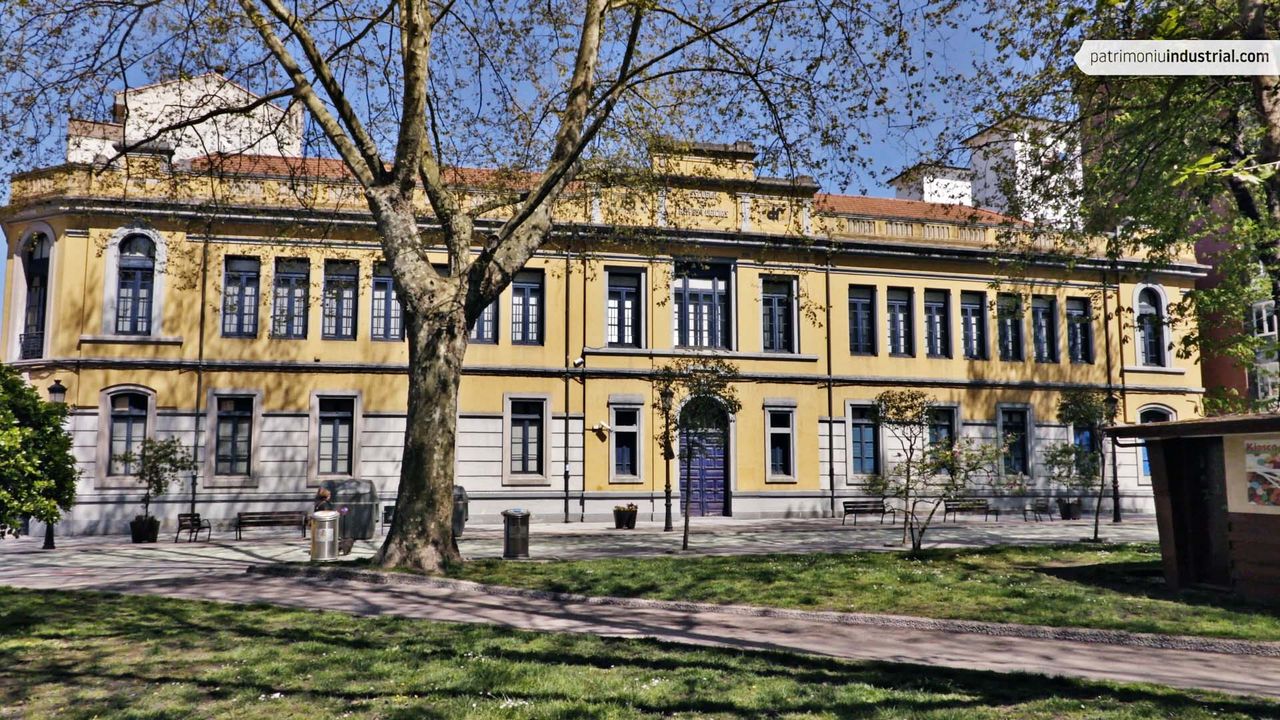
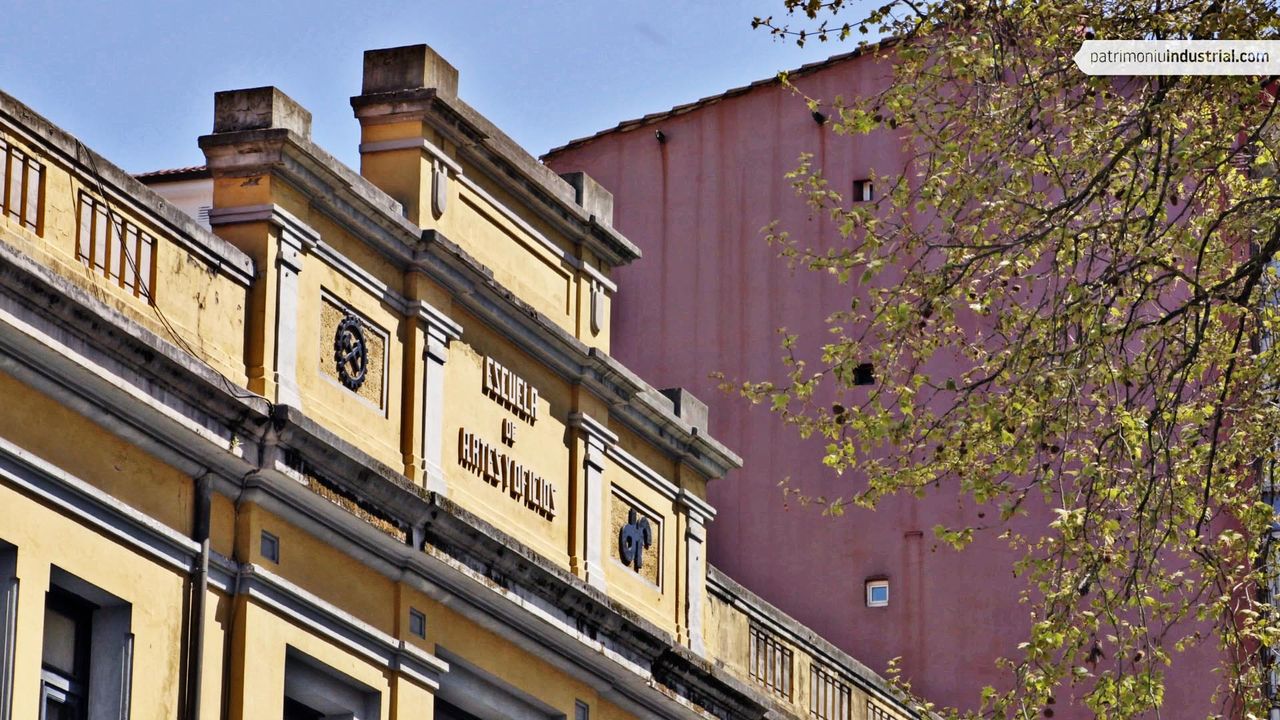
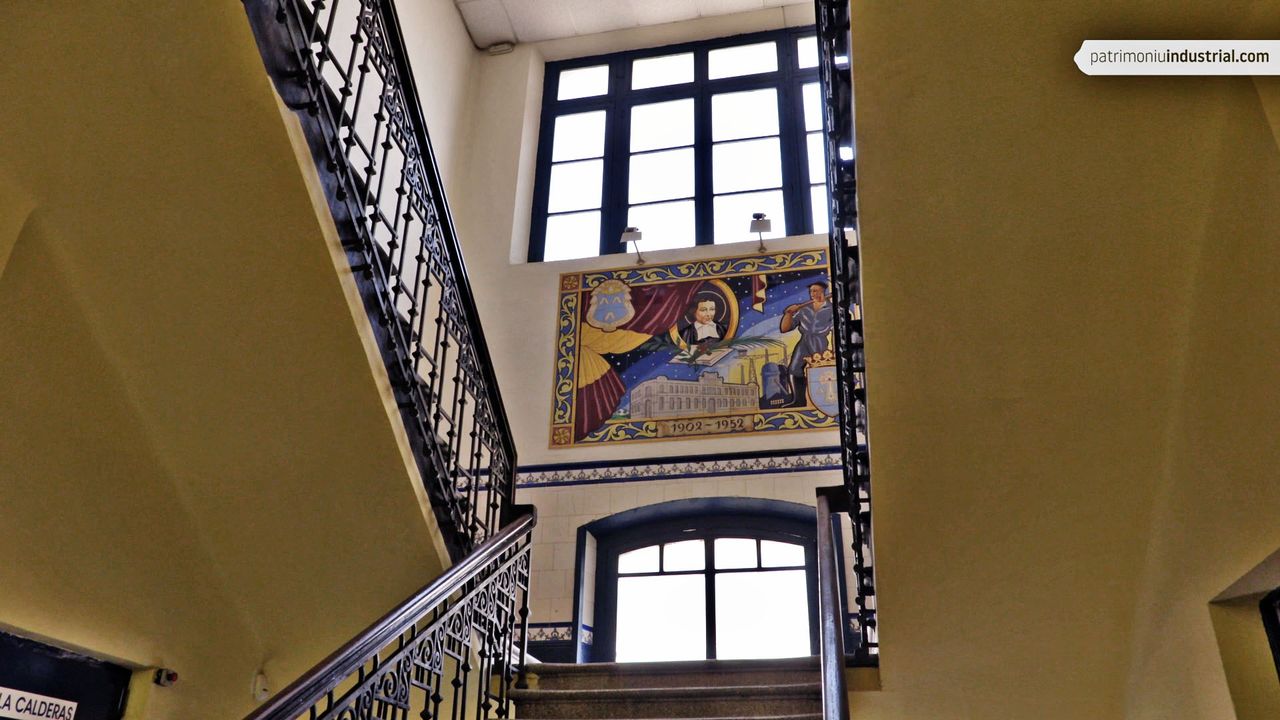
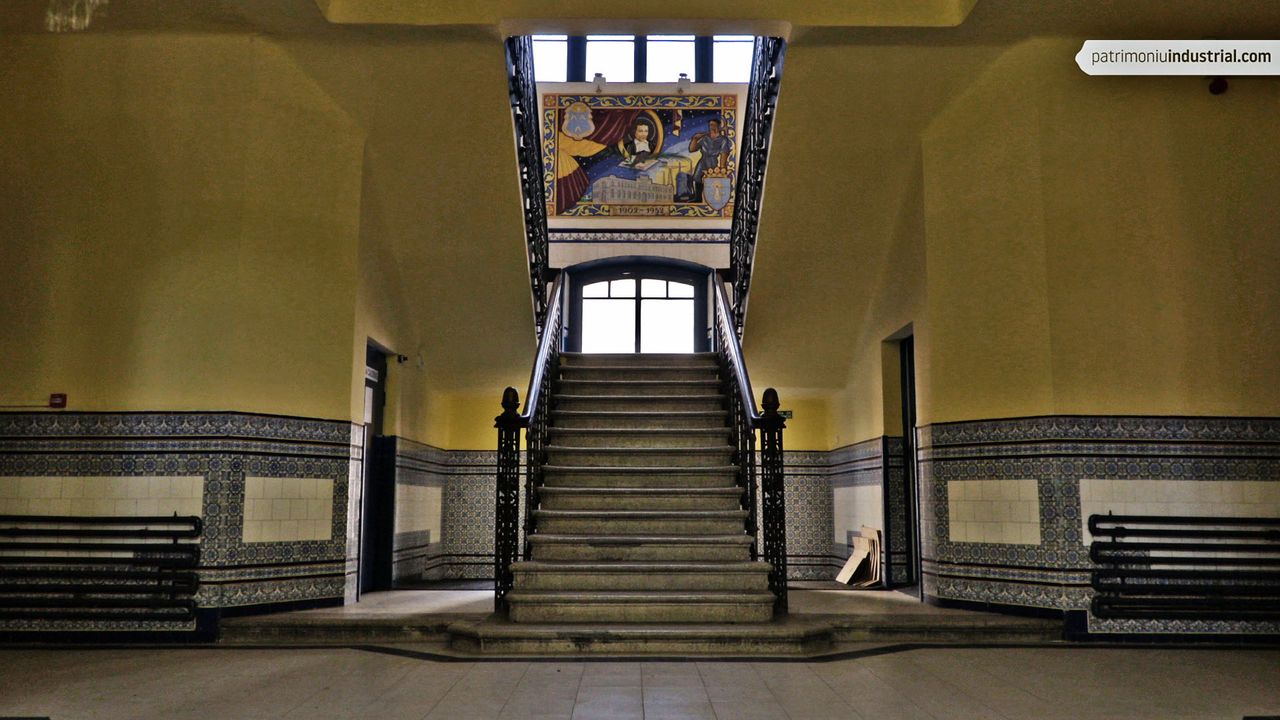
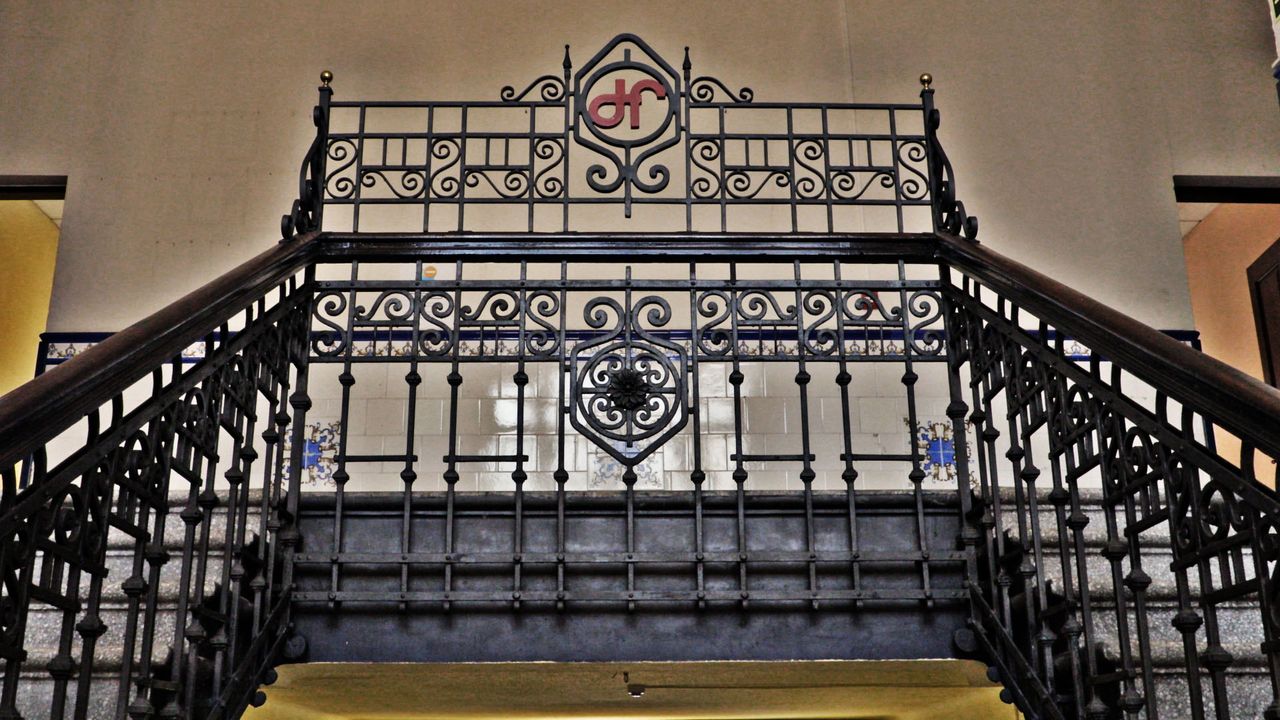
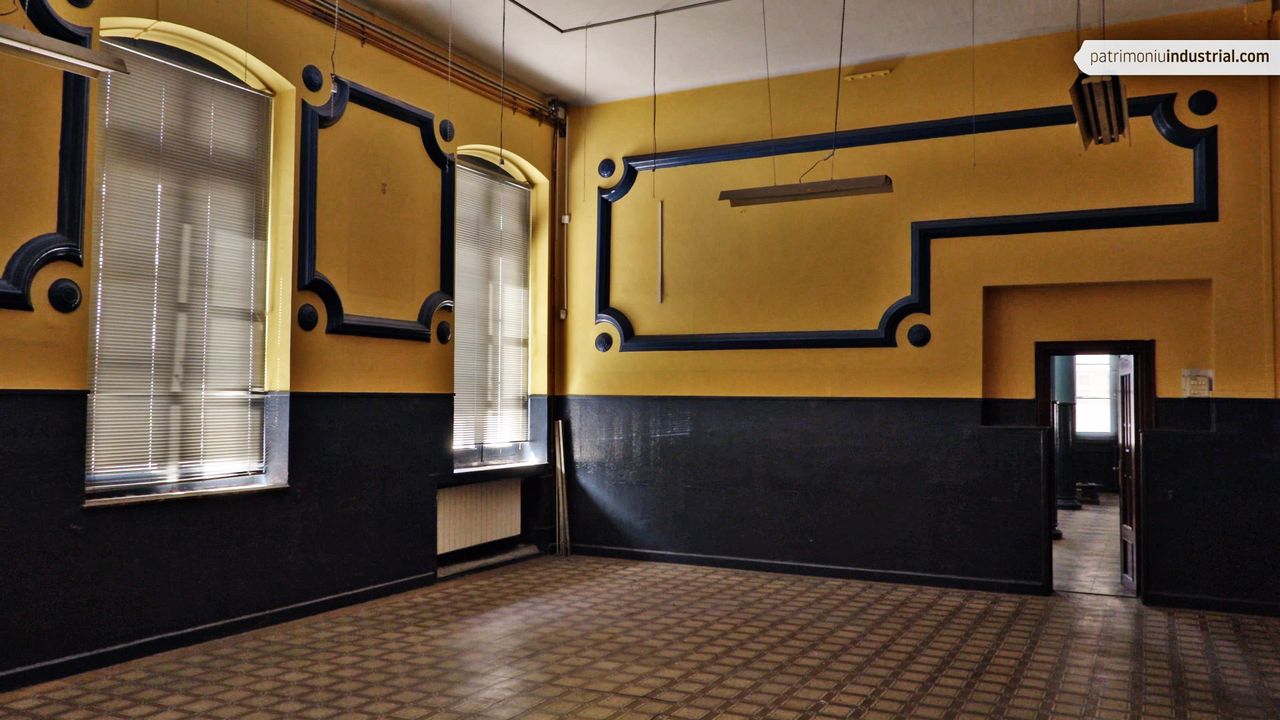
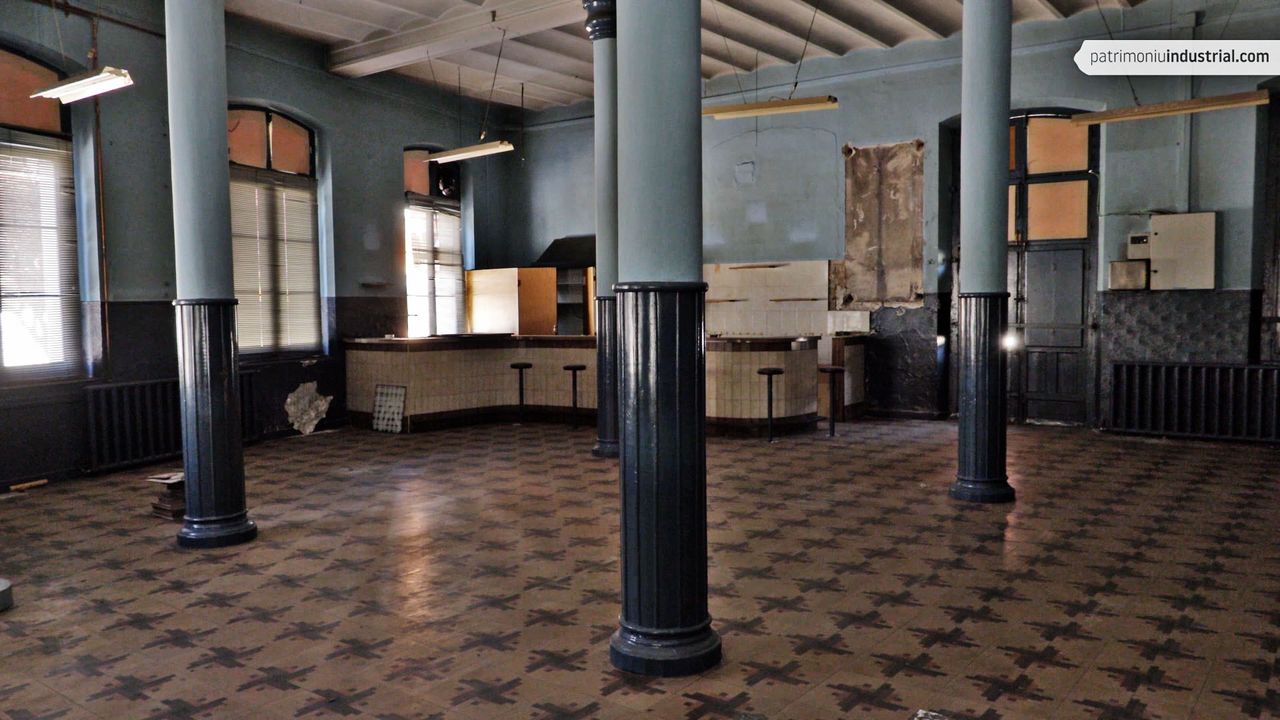
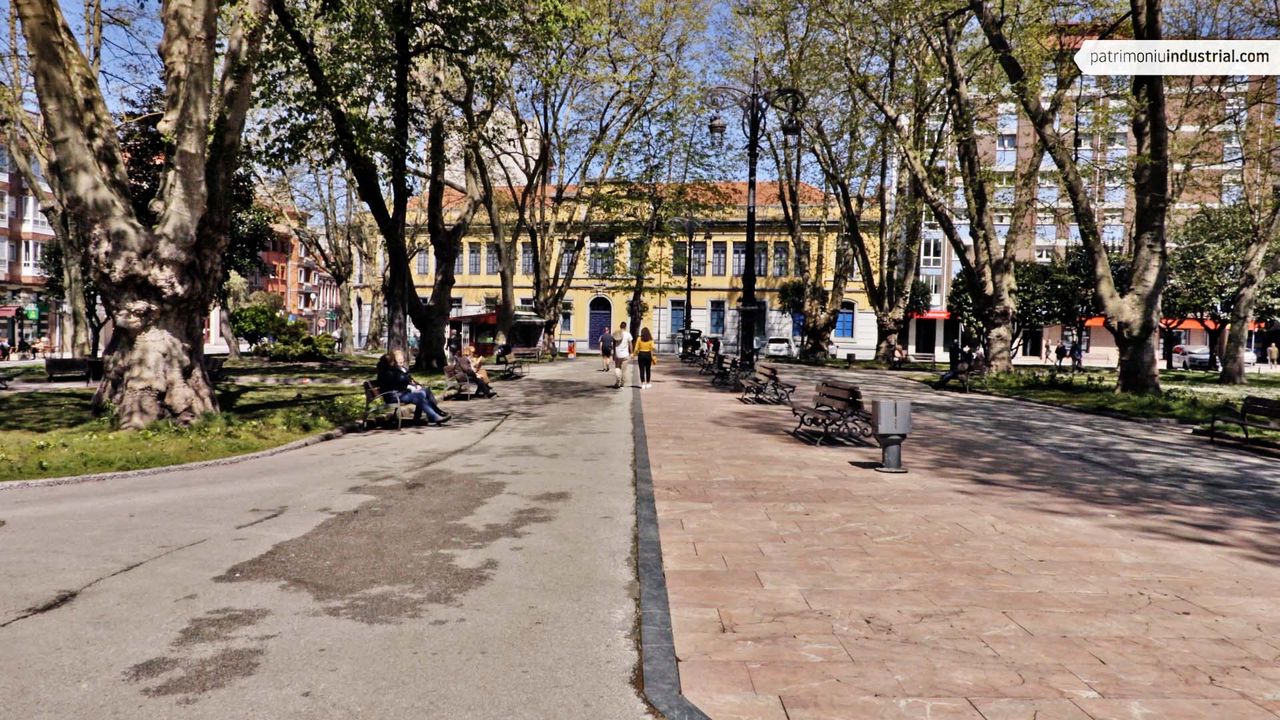
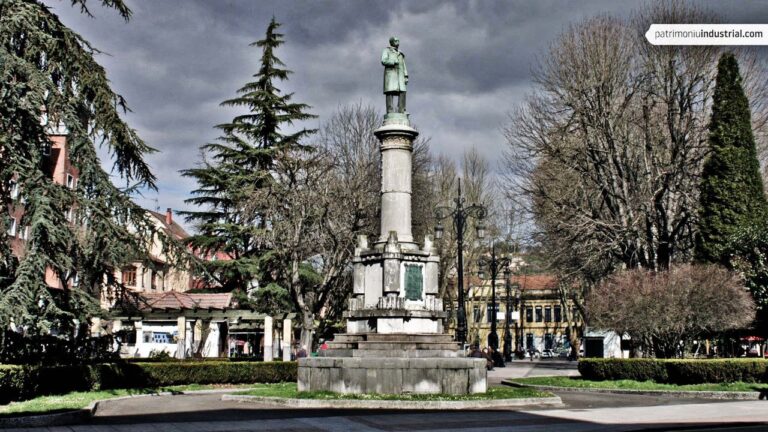
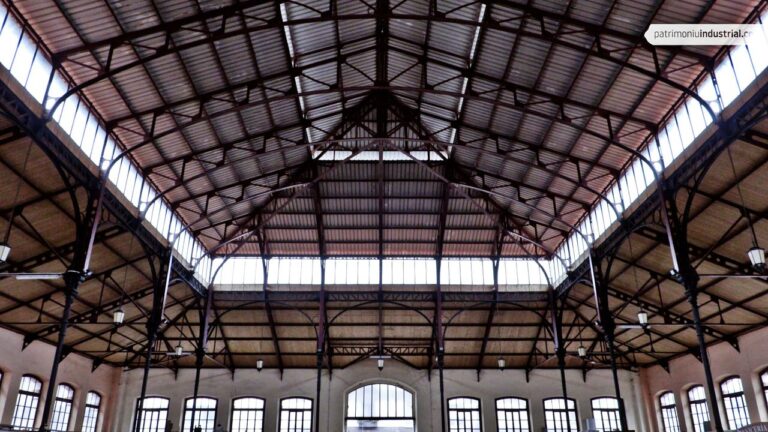
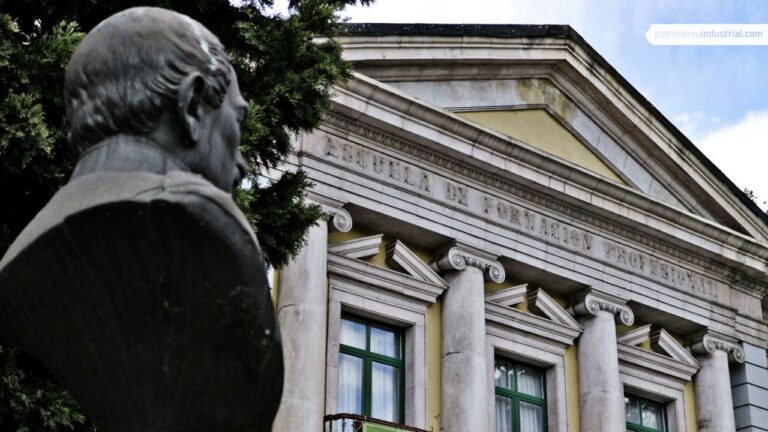

Recent Comments